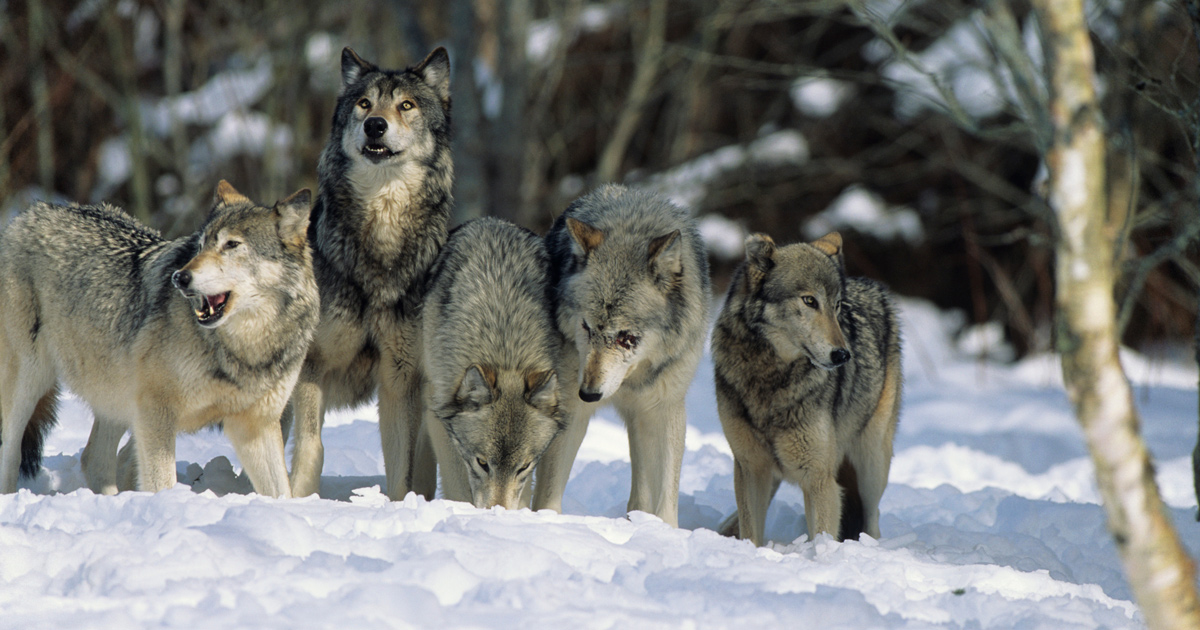Grey Wolf Optimizer (GWO)¶
A module for the Grey Wolf Optimizer with parallel computing support.
Original paper: Mirjalili, S., Mirjalili, S. M., & Lewis, A. (2014). Grey wolf optimizer. Advances in engineering software, 69, 46-61.

What can you use?¶
Multi processing: ✔️
Discrete spaces: ✔️
Continuous spaces: ✔️
Mixed Discrete/Continuous spaces: ✔️
Parameters¶
-
class
neorl.evolu.gwo.GWO(mode, bounds, fit, nwolves=5, int_transform='nearest_int', ncores=1, seed=None)[source]¶ Grey Wolf Optimizer
- Parameters
mode – (str) problem type, either “min” for minimization problem or “max” for maximization
bounds – (dict) input parameter type and lower/upper bounds in dictionary form. Example:
bounds={'x1': ['int', 1, 4], 'x2': ['float', 0.1, 0.8], 'x3': ['float', 2.2, 6.2]}fit – (function) the fitness function
nwolves – (int): number of the grey wolves in the group
int_transform – (str): method of handling int/discrete variables, choose from:
nearest_int,sigmoid,minmax.ncores – (int) number of parallel processors (must be
<= nwolves)seed – (int) random seed for sampling
-
evolute(ngen, x0=None, verbose=False, **kwargs)[source]¶ This function evolutes the GWO algorithm for number of generations.
- Parameters
ngen – (int) number of generations to evolute
x0 – (list of lists) initial position of the wolves (must be of same size as
nwolves)verbose – (bool) print statistics to screen
- Returns
(tuple) (best individual, best fitness, and dictionary containing major search results)
Example¶
from neorl import GWO
import matplotlib.pyplot as plt
#Define the fitness function
def FIT(individual):
"""Sphere test objective function.
F(x) = sum_{i=1}^d xi^2
d=1,2,3,...
Range: [-100,100]
Minima: 0
"""
y=sum(x**2 for x in individual)
return y
#Setup the parameter space (d=5)
nx=5
BOUNDS={}
for i in range(1,nx+1):
BOUNDS['x'+str(i)]=['float', -100, 100]
nwolves=5
gwo=GWO(mode='min', fit=FIT, bounds=BOUNDS, nwolves=nwolves, ncores=1, seed=1)
x_best, y_best, gwo_hist=gwo.evolute(ngen=100, verbose=1)
#-----
#or with fixed initial guess for all wolves (uncomment below)
#-----
#x0=[[-90, -85, -80, 70, 90] for i in range(nwolves)]
#x_best, y_best, gwo_hist=gwo.evolute(ngen=100, x0=x0)
plt.figure()
plt.plot(gwo_hist['alpha_wolf'], label='alpha_wolf')
plt.plot(gwo_hist['beta_wolf'], label='beta_wolf')
plt.plot(gwo_hist['delta_wolf'], label='delta_wolf')
plt.plot(gwo_hist['fitness'], label='best')
plt.xlabel('Generation')
plt.ylabel('Fitness')
plt.legend()
plt.show()
Notes¶
GWO assigns the best fitness to the first wolf (called Alpha), second best fitness to Beta wolf, third best fitness to Delta wolf, while the remaining wolves in the group are called Omega, which follow the leadership and position of Alpha, Beta, and Delta.
ncoresargument evaluates the fitness of all wolves in the group in parallel. Therefore, setncores <= nwolvesfor most optimal resource allocation.Look for an optimal balance between
nwolvesandngen, it is recommended to minimize the number ofnwolvesto allow for more updates and more generations.Total number of cost evaluations for GWO is
nwolves*ngen.